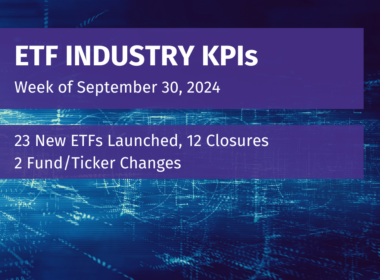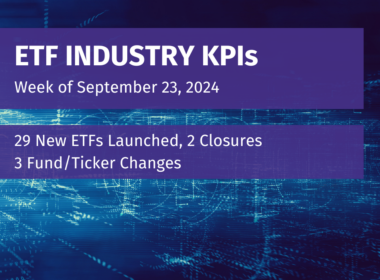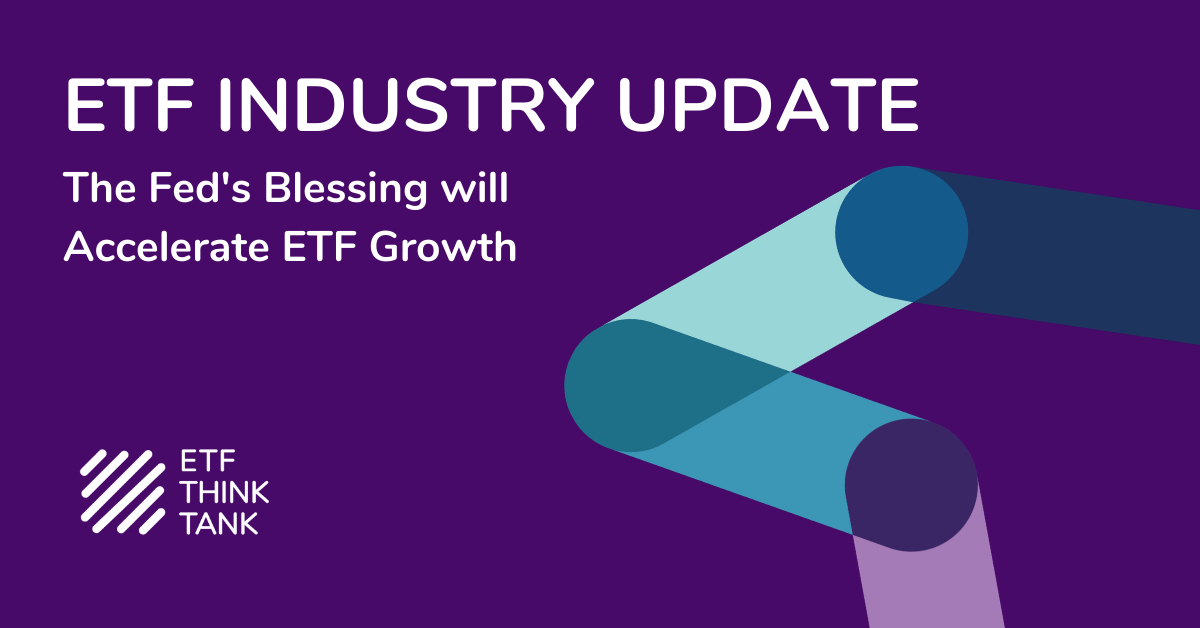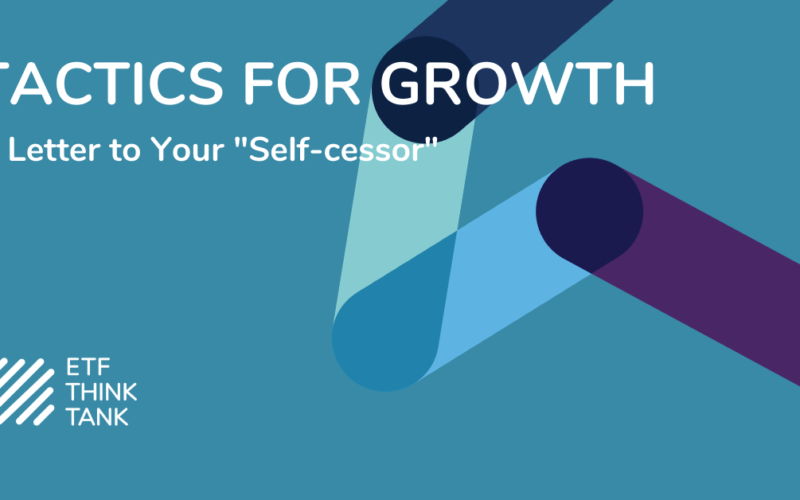Innovation Beyond Just Low Cost Is What Will Lead to ETF AUM Growth
The current framework of the ETF industry has 1,325 Equity ETFs or 58% of the market AUM. However, the future framework of the ETF market will be about market conditions and how ETF sponsors build ETFs that are aligned with current client investor needs. Put simply, the success of firms like Innovator, American Century and BNY Mellon come from meeting the right needs at the right time. In the study, Measuring ETF Innovation, I point out that assets of the top largest 220 ETFs launched from 2009 through 2019 at the end of 2019 represented $688 billion across 74 Low Cost Solution ETFs and $1.3 Trillion raised. This means that beyond cost Active, Access and Alpha made up the smaller balance at $414 billion, but the questions need to be asked about whether cost will remain the lead determinant for ETF market acceptance at this point; specially if market conditions and risks no longer rationally favor market cap weighted ETFs. Measuring ETF innovation is important because If past performance is not indicative of future outcomes we need ETF innovation to provide the opportunity for better outcomes, diversification or differentiated risk-adjusted solutions.
Bottom line, the success of these 146 Top 20 ETFs with AUMs of $414 billion were identified by discerning investors seeking differentiation and choice rather than homogeneous low cost?
TETF.Index Performance

Returns as of May 8, 2020. Index performance is for informational purposes only and does not represent any ETF. Indexes are unmanaged and one cannot invest directly in an index. Past performance is NOT indicative of future results, which can vary. |















